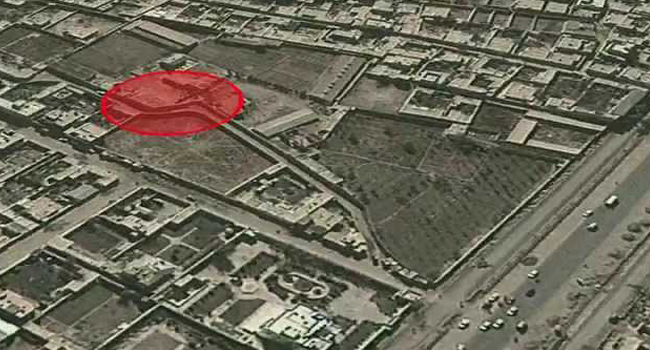
Surveillance Technology Tracks Crimes in Real Time
While I’m not sure if Americans have gotten more comfortable or just more tolerable with traditional surveillance cameras being deployed throughout cities, here comes a new generation that is so powerful it can track every vehicle and person for several hours at a time across an area that is about the size as a small city. This allows police, businesses and private individuals to watch and monitor a specific person’s movements throughout the space. The kicker? The cameras are airborne.
Ross McNutt, president of Persistent Surveillance Systems (the Dayton, Ohio company that designed this system) and a retired Air Force officer, who assisted the military in designing a similar system for surveillance in the skies above the city of Fallujah, Iraq, hopes to convince others that mounting cameras on fixed-wing aircraft can provide more useful data than police helicopters and for less money. In fact, $1,500 to $2,000 per hour covers the use of 12 commercial Canon cameras mounted in an array, flight time, operation of a command center and analysts’ time for assisting with investigations.
Besides seeing drops in crime with the use of this surveillance technology, McNutt has identified some other positive side effects:
- Rising property values,
- Better schools,
- Increased development, and
- Lower incarceration rates over time as this type of surveillance helps deter people from committing crimes.
Of course this brings up the concern of civil liberties and if people’s privacy is being invaded illegally. But, if you look at it from the perspective of Persistence Surveillance Systems, it is possible to track crime in real-time, as it occurs, which would in theory provide a safer environment for all. And, to address all those with privacy concerns, McNutt consulted and sought advice from the American Civil Liberties Union in drafting a privacy policy. This policy includes how long data can be kept, when images can be accessed and who can see them, noting that police officers are only supposed to access the data after a crime has been reported.